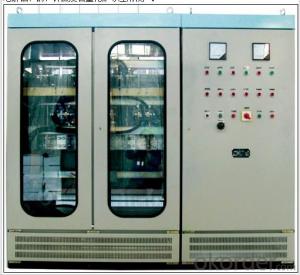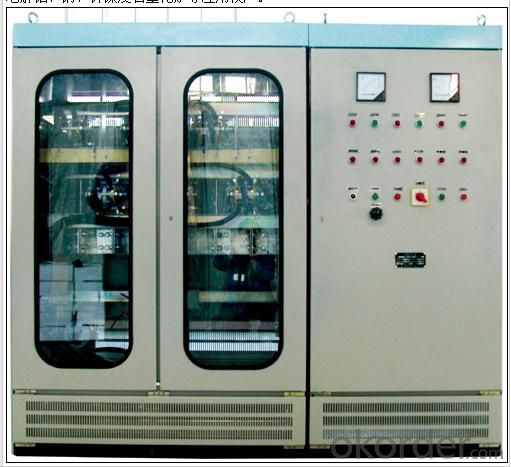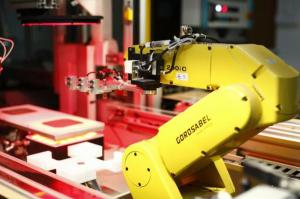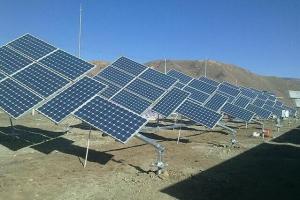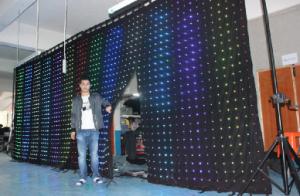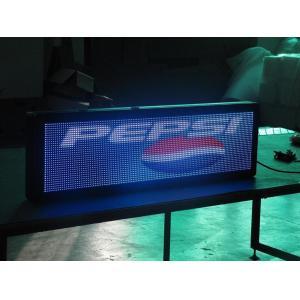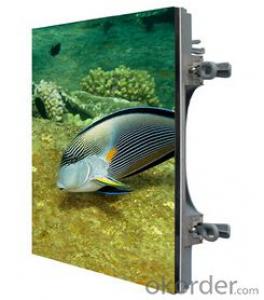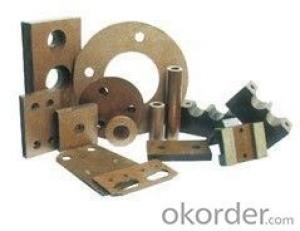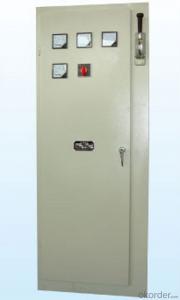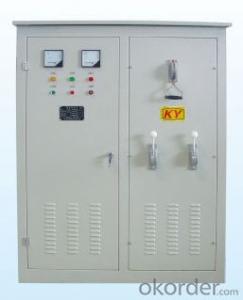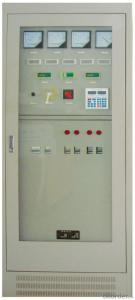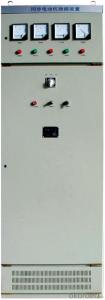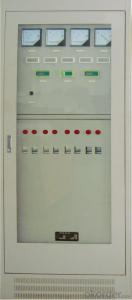GHF, GHS, KGHF, KGHS series silicon rectifier for electrolysis, electrochemical devices
- Loading Port:
- China Main Port
- Payment Terms:
- TT OR LC
- Min Order Qty:
- -
- Supply Capability:
- -
OKorder Service Pledge
OKorder Financial Service
You Might Also Like
GHF,GHS, KGHF, KGHS series silicon rectifier for electrolysis, electro chemica ldevices
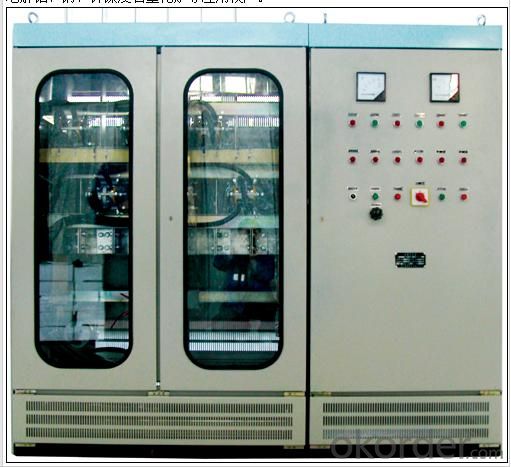
1. Application
GHF, GHS, KGHF, KGHS series silicon rectifier for electrolysis, electrochemical devices meets the national standards of GB3859 and JB/T8740, is widely used in non-ferrous metals, chemicals, water electrolysis, and other industries, especially in brine electrolysis, water electrolysis hydrogen production, hydrogen production, , electrolytic aluminum, copper, zinc and nickel and graphitefurnace applications.
2. Structure
The products is frame structure for facilitating maintenance, as steel or aluminum alloy glass doors, taking high power rectifying element and double holes cold water copper busbar as
radiating and conducting bar, the product has the advantages of high efficiency, simple structure, low noise, easy to maintenance, large output capacity, high reliability and anti-erosion.
The complete set of the product includes: on load tap changing transformer,rectifier transformer self-saturation reactor, rectifier cabinet, controlcabinet, measuring control panel (total control), metering panel, large currentmeasurement unit, and we also can provide water treatment device, large currentbusbar switch and intelligent instrument for our customers.
Rectifier mode: three phasebridge rectifier or three phase bridge same phase opposite shunt rectifier.
Voltage regulation range:
0-100% forInduction voltage regulator
60-100%for On-load regulator rectifier transformer
50-105%for On-load regulator rectifier transformer and rectifier transformer:
10-108%for On-load regulator rectifier transformer and rectifier transformer andself-saturation reactor
- Q: Characteristics of Electronic Rectifier and Ordinary Rectifier
- The ballast is composed of electronic components, light weight, high efficiency, more energy than the inductive energy, with the lamp The racks are easy to install together.
- Q: What is the difference between the regulator and the rectifier?
- Rectifier (English: rectifier) is the exchange of alternating current into direct current devices, can be used for power supply devices and detect radio signals. The rectifier can be made of a vacuum tube, a pilot tube, a solid-state silicon diode, a mercury arc, or the like.
- Q: What is the difference between a five-wire rectifier and a four-wire rectifier?
- Four lines of function are as follows: two yellow lines are generator phase line, green ground, red battery positive pole. The generator is automatically turned off after the battery is fully charged and no longer works. The engine does not have to consume fuel in order to overcome the magnetic moment. Therefore, the four-line chopped flow to save fuel.
- Q: Does the car charge a battery in its own (12V) does not also need a rectifier? To their own spark plug ignition is not "rectification" to ten thousand V? So, in the generator and then a head, rectified to 48V not work? Ask the teacher. Does the car charge a battery in its own (12V) does not also need a rectifier? To its own spark plug ignition is not "rectification" ...
- General car engine around the limited space, and then installed 48v generator I am afraid there is no space, say there is no power out of the equipment, if there is space, and then have power out of equipment, you can install another set of power generation equipment. But he and the car generator power supply system is completely unrelated to another set of power generation equipment. Such as power generation is too large, will affect the engine power.
- Q: The difference between the rectifier and the inverter
- Although the output of the transformer at this time is the exchange but the frequency is too high is generally dozens of KHZ although there is a higher voltage AC but many electronic components can not work at such a high frequency is very easy to damage so also rectifier filter into high voltage DC and then By the late-stage circuit into 50HZ low-frequency AC power supply to use
- Q: What is the difference between rectifiers and regulators?
- The performance of the rectifier is to convert the alternating current into direct current
- Q: Ups filter and rectifier, respectively, what specific role, said on the Internet filter (filter), is a device used to eliminate interference noise, the input or output filtered through the pure DC. Rectifier will exchange into DC, since the filters have been pure DC, followed by a rectifier in turn to DC? Here is more puzzled?
- Ups in the rectifier at the front of the filter is the exchange of clutter, there is no rectification effect. Rectifier from the role of DC conversion, so some rectifier rectifier after the waveform is not stable but a change in the value of the voltage and the structure of the rectifier, you can use the oscilloscope to observe the changes in the wave head, so the To pure DC after rectification in the filter
- Q: Why is the battery connected to a rectifier
- Charging current limiting function Currently access network site is almost all use of VRLA batteries, due to the tight assembly of the battery structure, in the high current charging, will cause the battery drums even heat out of control phenomenon, it must have a battery charge current limit Stream function. Battery over discharge protection function of the battery over discharge will have a great impact on the battery life, a depth of over-discharge may reduce the battery life of 1 to 2 years, and even cause the battery scrapped. Therefore, the rectifier over-discharge protection function is also an important indicator.
- Q: Good motorcycle rectifier to what kind of performance, hope that people have not hesitate to enlighten me, I do not know how to compare the new car with a different performance of the rectifier better.
- Switch type also have electricity consumption, the three input lines out of a, with a multimeter 20a exchange file series, increase the throttle to see the current instructions, the current is too large fuel economy is not good,
- Q: Differences between electronic transformers and electronic ballasts
- The ballast and it is not a thing at all, the ballast is the gas discharge lamp drive device, common is the fluorescent lamp ballast, there are inductive and electronic type, when the lamp starts to produce a momentary high voltage The gas is ionized in the lamp and then the lamp current is controlled to stabilize it. The electronic ballast is structurally similar to a half-bridge inverter circuit.
Send your message to us
GHF, GHS, KGHF, KGHS series silicon rectifier for electrolysis, electrochemical devices
- Loading Port:
- China Main Port
- Payment Terms:
- TT OR LC
- Min Order Qty:
- -
- Supply Capability:
- -
OKorder Service Pledge
OKorder Financial Service
Similar products
Hot products
Hot Searches
